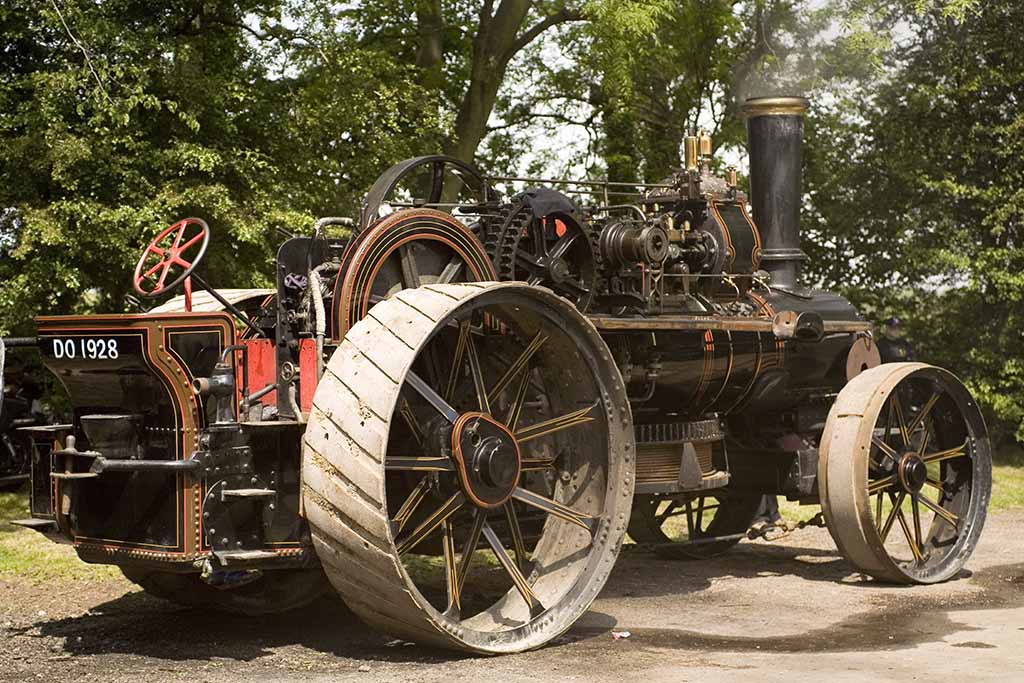how does steam engine work
It takes energy to do absolutely anything you can think of—to ride on a skateboard, to fly on an airplane, to walk to the shops, or to drive a car down the street. Most of the energy we use for transportation today comes from oil, but that wasn't always the case. Until the early 20th century, coal was the world's favorite fuel and it powered everything from trains and ships to the ill-fated steam planes invented by American scientist Samuel P. Langley, an early rival of the Wright brothers. What was so special about coal? There's lots of it inside Earth, so it was relatively inexpensive and widely available.
Coal is an organic chemical, which means it's based on the element carbon. Coal forms over millions of years when the remains of dead plants get buried under rocks, squeezed by pressure, and cooked by Earth's internal heat. That's why it's called a fossil fuel. Lumps of coal are really lumps of energy. The carbon inside them is locked to atoms of hydrogen and oxygen by joints called chemical bonds. When we burn coal on a fire, the bonds break apart and the energy is released in the form of heat.
Coal contains about half as much energy per kilogram as cleaner fossil fuels such as gasoline, diesel, and kerosene—and that's one reason why steam engines have to burn so much of it.
A steam engine is a machine that burns coal to release the heat energy it contains—so it's an example of what we call a heat engine. It's a bit like a giant kettle sitting on top of a coal fire. The heat from the fire boils the water in the kettle and turns it into steam. But instead of blowing off uselessly into the air, like the steam from a kettle, the steam is captured and used to power a machine.


